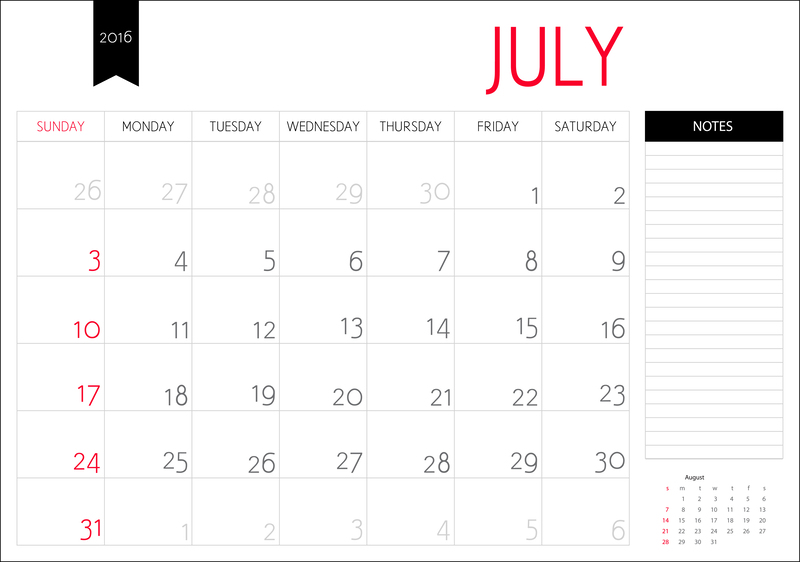Precision and Care: The Professionals' Role in Piano Transport
Posted on 29/05/2025
Precision and Care: The Professionals' Role in Piano Transport
Moving a piano is far more complex than relocating everyday furniture. The intrinsic value of these majestic instruments, both monetarily and sentimentally, demands a level of precision and care that only professionals in piano transport can provide. In this comprehensive article, we will explore why entrusting your instrument to skilled piano movers is essential, discuss their specialized techniques, and uncover how they safeguard your cherished piano throughout the relocation process.
Understanding the Importance of Professional Piano Transport
Pianos are intricate, heavy, and delicate musical instruments. Despite their robust exterior, every piano contains finely tuned inner mechanisms that are susceptible to damage from a single mishap. Attempting a DIY move often exposes these fragile parts to unnecessary risk, which can lead to costly repairs or irreversible harm.
Engaging professionals for piano transport services eliminates these risks by ensuring that each step, from planning to delivery, is meticulously handled. The professionals' role extends beyond lifting--they embody a commitment to preserving your instrument for generations to come.
Why Are Pianos So Difficult to Move?
- Weight and Size: Grand pianos can weigh over 1,200 pounds and have wide dimensions, making them tricky to handle.
- Fragile Components: Pianos are filled with over 10,000 moving parts--strings, pedals, hammers--that demand delicate treatment.
- Imbalance: Weight isn't evenly distributed, especially in upright pianos, increasing their risk of tipping.
- High Value: Quality pianos are significant investments, both financially and emotionally, making accidents especially costly.

The Professionals' Role: Expertise and Accountability in Piano Transport
Professional piano movers are a unique breed of transporters who blend physical strength, teamwork, and deep understanding of an instrument's anatomy. Their responsibility is not just to move a piano from point A to point B, but also to preserve its condition, sound, and value.
Detailed Assessment and Customized Plans
Every successful piano move starts with a thorough assessment. Professionals evaluate the type, size, and model of the piano, as well as the environments they will traverse--doorways, stairs, elevators, and even weather conditions. For instance, moving a baby grand through a tight spiral staircase versus an upright from a high-rise apartment each require unique planning.
- Measure twice, move once: Experts take precise measurements and note potential obstacles.
- Environmental considerations: Humidity, rain, or extreme temperatures can calibrate their approach.
- Customized equipment selection: The right dollies, skids, and padding are chosen for each piano.
Use of Specialized Tools and Techniques
Professional piano transport teams utilize purpose-built equipment and know how to use it skillfully. These include piano skids (boards), heavy-duty straps, protective wraps, and stair-climbing dollies.
- Packing and wrapping: Pianos are cocooned in thick, non-scratch blankets and secured for transport to prevent dings and moisture damage.
- Dismantling parts: Grand pianos often require removal of the lid, pedals, and legs for safe passage--each part is carefully labeled and padded.
- Securing placement: Once on the moving vehicle, pianos are anchored in place with locking systems, preventing unwanted movement during transit.
Safety Protocols: Protecting Both the Piano and the Movers
Precision and care in piano transportation extend to both the safety of your instrument and the well-being of the moving crew. Incorrect lifting techniques or underestimating the weight can cause injuries or accidents. Professionals adhere to strict safety protocols, employing team lifting (three to four people for large pianos) and leveraging mechanical aids to reduce risks.
How Movers Prepare for Piano Transportation
- Team briefings: Each move starts with a rundown of responsibilities, identifying challenges and forming a coordinated approach.
- Site prepping: Floors are covered and obstacles removed in both pickup and delivery locations.
- Weatherproofing: On rainy or humid days, transporters use waterproof wrappings and adjust truck climate controls.
Piano Insurance: The Ultimate Peace of Mind
Even with the utmost care, unforeseen events can occur during transport. Damage from slips, accidents, or transit vibrations can threaten your piano's value. Most reputable piano moving companies offer specialized insurance, surpassing general moving coverage and giving clients peace of mind.
Tip: Always confirm the details of your piano's insurance before any move. Inquire whether coverage is full replacement value or limited liability, and ensure that both property and instrument are protected.
Comparing DIY vs. Professional Piano Movers
While the temptation to move a piano yourself might be strong, the risks far outweigh the savings. Below is a comparison chart that highlights why professional piano transport remains the safest, most reliable choice.
| DIY Piano Move | Professional Piano Movers |
|---|---|
|
|
Common Mistakes in Piano Transportation--and How Professionals Avoid Them
Precision and expert care help professionals steer clear of the most common mistakes made by amateurs, such as:
- Improper lifting techniques: Grabbing by legs or music stands can crack or snap fragile wood. Pros always lift by the base or designed handles.
- Underestimating size and weight: Forgetting to measure or misjudging the difficulty of stairways can lead to damage or getting stuck.
- Poor securing in truck: Without proper anchor points, pianos can shift during transport, risking total loss.
- Not acclimating the piano: Rapid changes in temperature/humidity can affect the wood and tuning. Movers often let pianos "rest" before and after a move.
The Special Case of Concert and Antique Pianos
Transporting concert grand pianos and antique models is a field unto itself. Many of these instruments are one-of-a-kind, worth tens or hundreds of thousands of dollars. Here, movers may team up with piano technicians to handle the instrument and ensure perfect pre-move preparation and post-move tuning.
- Custom crating: For international or long journeys, custom crates and climate-controlled transport are used.
- Detailed condition reports: Every inch is documented before and after.
- On-site tuning and regulation: After placement, a technician can fine-tune the piano to restore perfect sound quality.
After the Move: Unpacking and Settling In
Professional piano movers don't stop working once delivery is complete. They carefully reassemble any removed parts, position the piano to your liking, and offer guidance on care after the move. Here's what typically happens post-transport:
- Acclimation: Allowing the piano to adjust to its new environment for 24-48 hours before tuning, to avoid damage from temperature or humidity shock.
- Inspection: Checking for any new signs of stress or misalignment that may need expert attention.
- Tuning recommendation: Recommending a professional piano tuning once the instrument has settled, ensuring optimal sound quality.
Post-Move Care Tips for Piano Owners
- Keep away from radiators and vents: Sudden heat can warp the wood and affect the soundboard.
- Regulate humidity: Use a humidifier or dehumidifier if your climate is extreme--it protects internal components and finish.
- Regular cleaning: Dust gently and avoid harsh chemicals to maintain the piano's appearance and function.
- Schedule routine maintenance: Don't skip annual technician visits, especially after a move.

Choosing the Right Piano Moving Professionals
Not all moving companies are qualified for precision piano transport. When searching for the right specialists, consider the following checklist:
- Experience: Ask for references or examples of recent piano moves.
- Equipment: Do they own or rent professional moving tools specific for pianos?
- Insurance: Insist on full-value coverage and clarify claim procedures.
- Technician partnerships: Top movers have relationships with piano techs, tuners, and restorers.
- Transparent pricing: Quotes should be detailed and all-inclusive. Watch for hidden fees, such as stair charges or storage.
- Customer reviews: Check for testimonials highlighting their expertise in handling delicate instruments.
Conclusion: Why Precision and Care Matter in Professional Piano Transport
In the world of piano transport, skill, dedication, and a passion for safeguarding musical heritage make all the difference. Trained movers combine knowledge of both music and mechanics to deliver an exceptional moving experience for your prized instrument. By entrusting your piano to the experts, you invest in its longevity, sound quality, and your own peace of mind.
The next time your piano needs to move--whether it's across the street or across the country--choose precision and care. Rely on professionals who treat your piano with the respect, expertise, and attention it truly deserves.
```


